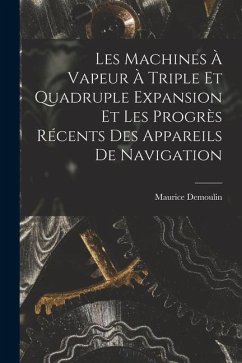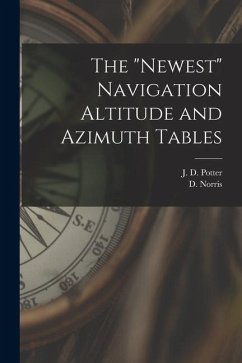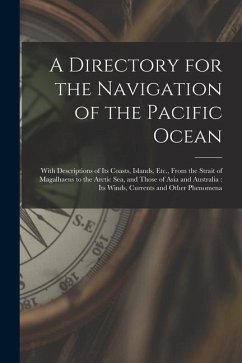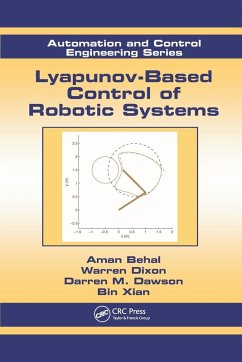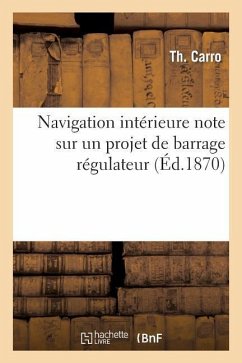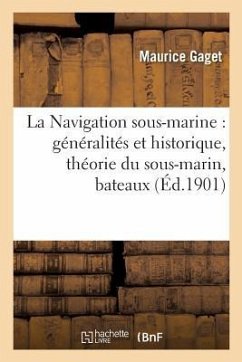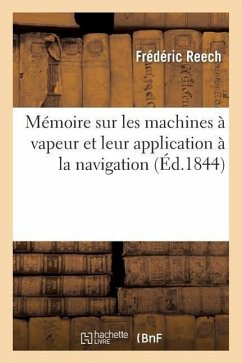
Bio-Inspired, Odor-Based Navigation
Versandkostenfrei!
Versandfertig in über 4 Wochen
18,99 €
inkl. MwSt.
Weitere Ausgaben:

PAYBACK Punkte
9 °P sammeln!
The ability of many insects, especially moths, to locate either food or a member of the opposite sex, by tracking a wind-borne plume of odor molecules, is an amazing reality. Numerous scenarios exist where having this capability embedded intoground-based or aerial vehicles would be invaluable. The main crux of this thesisinvestigation is the development of a navigation algorithm which gives a UAV theability to track a chemical plume to its source. Inspiration from the male moth's, in particular Manduca sexta (Tobacco Hornworm moth), ability to successfully tracka female's pheromone plume was u...
The ability of many insects, especially moths, to locate either food or a member of the opposite sex, by tracking a wind-borne plume of odor molecules, is an amazing reality. Numerous scenarios exist where having this capability embedded intoground-based or aerial vehicles would be invaluable. The main crux of this thesisinvestigation is the development of a navigation algorithm which gives a UAV theability to track a chemical plume to its source. Inspiration from the male moth's, in particular Manduca sexta (Tobacco Hornworm moth), ability to successfully tracka female's pheromone plume was used in the design of both 2-D and 3-D naviga-tion algorithms. The algorithms were developed to guide autonomous vehicles to asource generating an odor/chemical plume, using only the odor/chemical informationprovided by the plume.The algorithms were implemented using a variety of fuzzy controllers and adhoc engineering approaches. The fuzzy controller, critical to the success of bothalgorithms, was developed to estimate the location of a vehicle relative to the plume: coming into the plume, in the plume, exiting the plume, or out of the plume. Analysisof plume detections within a short-term memory bank provided the basis for thiscontroller.To test these algorithms, 2-D and 3-D simulation environments were developed. This work has been selected by scholars as being culturally important, and is part of the knowledge base of civilization as we know it. This work was reproduced from the original artifact, and remains as true to the original work as possible. Therefore, you will see the original copyright references, library stamps (as most of these works have been housed in our most important libraries around the world), and other notations in the work. This work is in the public domain in the United States of America, and possibly other nations. Within the United States, you may freely copy and distribute this work, as no entity (individual or corporate) has a copyright on the body of the work. As a reproduction of a historical artifact, this work may contain missing or blurred pages, poor pictures, errant marks, etc. Scholars believe, and we concur, that this work is important enough to be preserved, reproduced, and made generally available to the public. We appreciate your support of the preservation process, and thank you for being an important part of keeping this knowledge alive and relevant.




